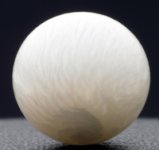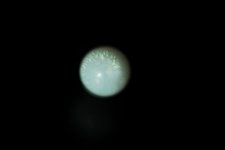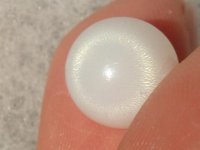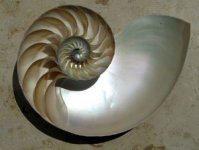Valeria101
New Member
The pearls on the for mentioned site appear to be from Tridacna.
Silly question here: three of the round whites appear to have that 'ring of fire' reflection made possible by the singular structure of the sure-fire nautilus pearls posted here too. And nautilus are harvested en masse (i.e. where's smoke, chances are...).
Sure enough, I've never seen one in person and never seen or heard of tridacna pearls looking anything but like a porcelain drop with no other funny optical features on them. This can very well be simply my lacking, of course.
SSEF may have identified 'natural' status, but not the species. I don't think any lab did that for nautilus the recent survey of exotic pearls gave GIA Thailand some systematic reference for doing just that. Doesn't seem to be any reason why the reports would not be published, but SSEF does not do that automatically and the owner appears to have considered that their registration number is sufficient... for a mere WWW presentation (understandable slippage !?).
2c [i.e. just one way to reason through the issue, I'm very outside it all, as you know]

Admittedly, a picture is only a piecture, but again...
Last edited:





